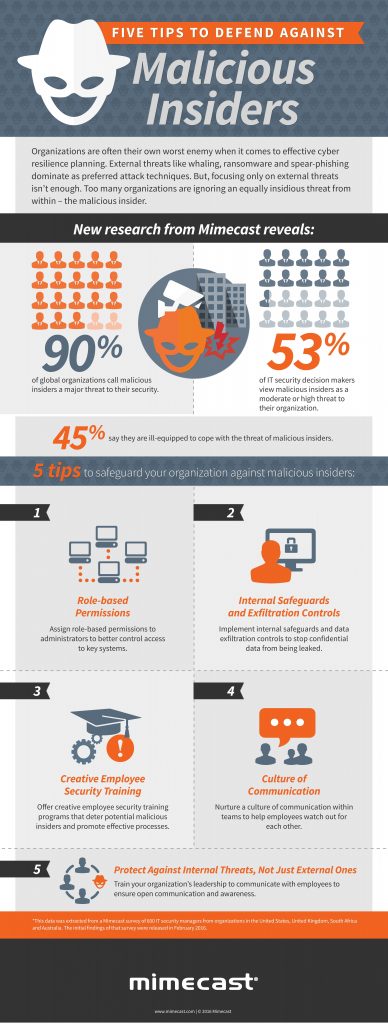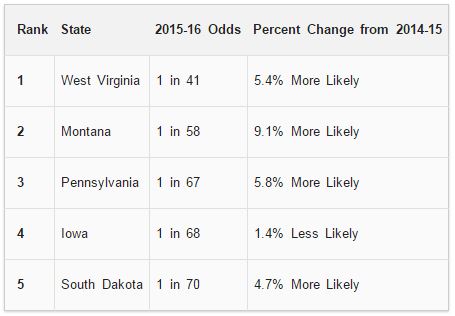Information about the Sept. 29 crash of a New Jersey Transit commuter train into the platform at the Hoboken, New Jersey, terminal is still scarce, as the train’s rear data recorder was recovered but not functioning, and the engineer has said he has no recollection of the accident. The crash killed one person and injured more than  100 others during the busy morning commute.
100 others during the busy morning commute.
The crash of NJ Transit’s Pascack Valley Line train #1614 was the first fatal accident of a New Jersey Transit train since 1996, according to the National Transportation Safety Board (NTSB).
Experts at NTSB worked with the recovered data recorder’s manufactures to access data, however, “unfortunately, the event recorder was not functioning during this trip,” Bella Dinh-Zarr, NTSB vice chair, said at a press conference on Oct. 2.
She also said that investigators indicated the allowed speed on the curved area of track leading into the station is 30 miles per hour and it could have supported speeds up to 45 miles per hour. There were also no signal irregularities in the system leading into the terminal.
The NTSB team is currently photographing the train cars before demolition of the surrounding area. Dinh-Zarr said they were also able to use a drone to capture 109 aerial images of the accident scene, paying special attention to the collapsed roof of the terminal. “This is the first time we have used the NTSB drone to document a rail accident,” she said, adding that investigators used a laser scanner to create 3-D images of the cab car and a portion of the second rail car.
The train’s engineer told investigators that his cell phone was turned off at the time and stored in his personal backpack, which is still located in the cab of the control car, and he had also conducted required brake tests prior to departure.
Witnesses have described the high speed of the train as it traveled into the terminal, renewing discussion of positive train control (PTC), which experts say might have prevented this and a number of other train crashes in recent years.

“PTC has been a priority for the NTSB,” Dinh-Zarr said. “We know that it can prevent a lot of different types of accidents—train-to-train accidents, derailments due to overspeed, work zone incursions. But we need to remember that PTC cannot prevent every accident, and we just don’t have enough information yet.”
As reported in Risk Management Magazine last year, PTC is a technology designed to eliminate human error by using four components: GPS satellite data, onboard locomotive equipment, the dispatching office and wayside interface units. The system communicates with the train’s onboard computer, allowing it to warn the engineer and display the train’s safe braking distance based on its speed, length, width and weight, as well as the grade and curvature of the track. If the engineer does not respond to the warning, the onboard computer will activate the brakes and safely stop the train.
Congress enacted the Rail Safety Improvement Act of 2008, which required each Class 1 rail carrier and each provider of regularly-scheduled inter-city or commuter rail passenger service to implement a PTC system by Dec. 31, 2015. That date had been pushed back to the end of 2018, however, to avoid possible shutdown of some railroads.



 December,
December, 